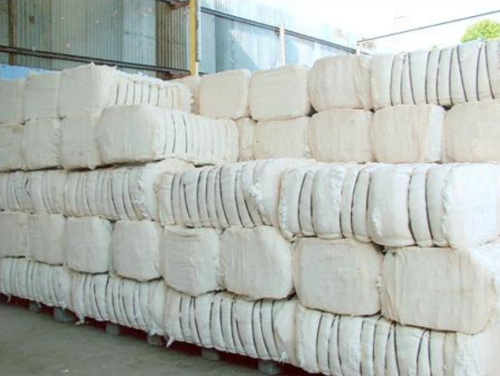On March 9, ICE cotton futures opened high, but later, the market has been constantly decreasing, and hit the maximum fall finally. Though the USDA's March supply and demand report was favorable for cotton prices, the ICE cotton futures still moved lower. Currently, the cotton prices have been relatively high, and the price decline may weigh on the market panic mood. ICE cotton futures may keep range-bound weakly in short.
1. USDA's March supply and demand report
Compared with the February report, USDA's March supply and demand report estimates lower 2020/21 global cotton production. The production is lowered 180kt from last month, and the decreases are mainly from 110kt of Brazilian cotton and 54kt of U.S. cotton. Global cotton consumption is forecast to rise by 50kt, and ending stocks are forecast 250kt lower.
The global supply and demand situation is improving, favorable for global cotton prices. But ICE cotton futures hit the down limit on March 9, which was hard to analyze the decline from the supply and demand pattern. Normally, the short-term volatility is more propelled by market mood and capital.
2. Cotton prices face downward pressure
ICE cotton futures face great pressure at the level of 95cent/lb based on previous price trend. The futures have touched the level on March 2008, March 2013, August 2013, March 2014 and June 2018, but fell down later. This time, the futures have touched 94.26cent/lb in late February, and later, the market has been constantly decreasing. With reference to the recent two retreats, ICE cotton futures may decrease to 77.5cent/lb this time. On one hand, the current high cotton prices have restrained the downstream demand. On the other hand, in face of the upward pressure, capital is more likely to choose profit-taking.
According to data released by the CFTC, the net long position ratio [(long position-short position)/total open interests] has been a historical high, and shows falling signals. In the meantime, ICE cotton futures also face large pressure to go up. Without the new longs, cotton prices are hard to keep up, on the contrary, the profit-taking of longs is likely to magnify the panic in the market.
In general, ICE cotton futures market faces the pressure at the point of 95cent/lb, and the profit-taking of longs magnifies the panic mood. Despite of the improving supply and demand situation from the USDA's March report, ICE cotton futures market falls down. Based on the historical price trends, ICE cotton may gain large support at the level of 77.5cent/lb.

ICE cotton hits down limit despite of favorable USDA report
Το περιεχόμενο του άρθρου δεν είναι διαθέσιμο στη γλώσσα που έχετε επιλέξει και ως εκ τούτου το εμφανίζουμε στην αυθεντική του εκδοχή. Μπορείτε να χρησιμοποιήσετε την υπηρεσία Google Translate για να το μεταφράσετε.

